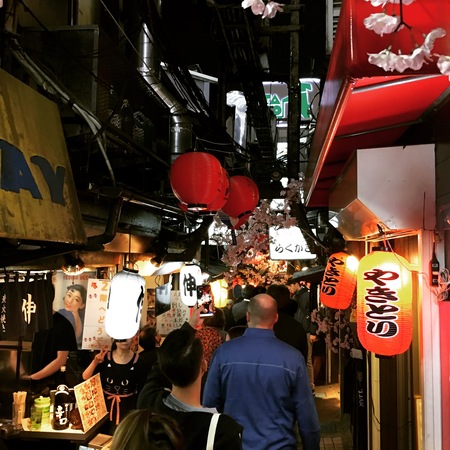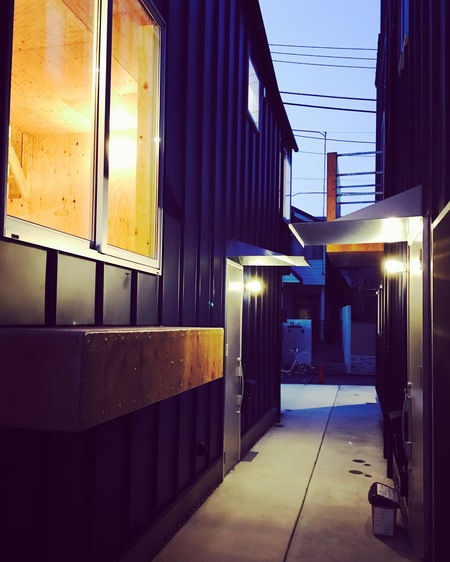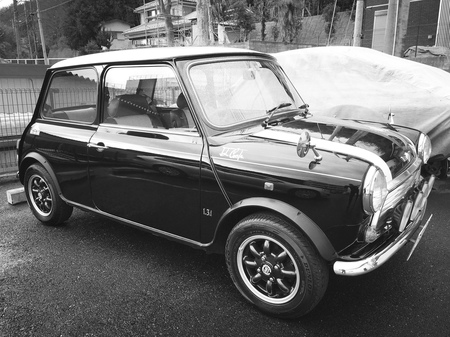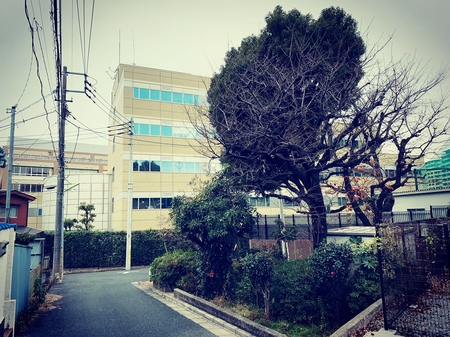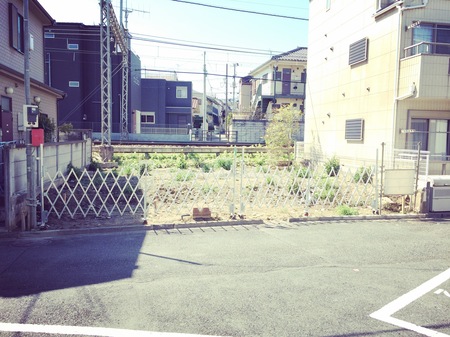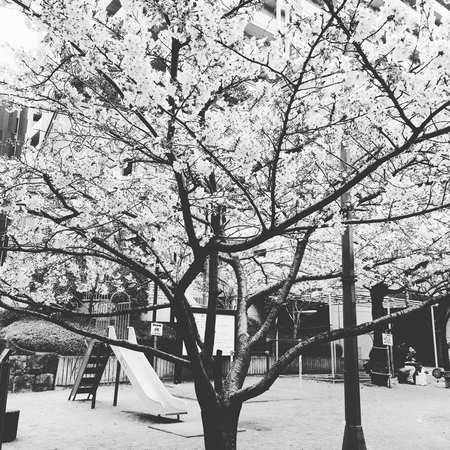秩序を扱う
街並みには秩序みないなものがあって、それの良し悪しもあるが、それに対してどうするのか、というのも建築計画のうちである。
ただ秩序とは不思議なもので、例えば、飲み屋街の横丁やガード下などの街並みというか、通りの風景は雑然としていて、決して秩序があるとは言えないし、建築的には褒められたものではないが、夜になると、なぜか郷愁を誘ったり、魅力的に見え、その通りに漂っている秩序とは言えない秩序が良かったりする。
とは逆に、都市計画をきちんと考えて形成された街並みは秩序が取れていて、お手本にもなるが、魅力がなかったりする。
確かに、街並みの無秩序は魅力的に見える。例えば、昔の香港の九龍城などは決してその中に入りたいとは思わないが、あの雑然とした無秩序な感じは、はじめからあれを計画した訳では無くて、ただ単に人間の都合で増殖をしていったものだからか、人智を超えた構築物としての魅力があった。
無秩序を人がつくり出すのは無理だろう。それは人の思考が無秩序では無くて、何らしかの秩序、例えば、倫理や道徳や思想など、を必ず持つから。無秩序に見える秩序をつくり出すことは可能だろうけど。
だから、秩序だけを考えるならば、無秩序にはできないが、かと言って完璧な秩序である必要もない。
例えば、街並みが雑然としていて、秩序らしいものが無い場合、それに対して、同調するのか、新たな秩序を与えるのか、それとも、その街並みならではの秩序を見つけ出し、それを取り入れるのか。もちろん、街並みの秩序などはじめから無視をしている場合が一番多いが。
きっと、同調したり、新たな秩序を与えるのは誰にでもできそうで、その街並みならではの秩序を見つけ出し、それを取り入れ表現するのは建築家しかやらないだろう。
ならではの秩序に魅力があり、それが重要だと思うのは、そこに何かをつくり出さなければ、それも、そこにつくる意味が無いものでは駄目だと思う人でないと感じないことだから。
ところで、秩序は人に安心感を与えるのではないか。
どのような秩序にもよるが、人の思考は秩序が無いと成り立たないので、求められる秩序を実現できた時には満足感を与え、クライアントや関わる全ての人に安心感を与えることができるのではないか、それは建築に限らず。
"Handle order"
There are things that are not orderly in the streets, and there are good or bad of it, but it is part of the building plan, what to do about it.
Just ordered is mysterious, for example, the streets of the street such as the street of a bar street and under the guard, the street scenery is cluttered, it can not be said that there is no order, never been praised in architectural terms There is no, but at night, somehow invites nostalgia, it looks attractive, and the order that is not the order that is drifting in that street is good.
On the contrary, the townscape formed by properly considering urban planning is orderly, it also serves as a model, but it has no charm.
Certainly, the disorder of the city looks attractive. For example, I do not think that I would like to enter Kowloon Castle in Hong Kong in the past, but the chaotic and disorderly feeling is not the plan that I planned from the beginning, Because it was what I did, there was charm as a construct beyond humanity.
It is impossible for people to create disorder. That is because human thought is not disorderly, and surely has some order, such as ethics, morality and thought. It would be possible to create a disorderly order.
So, if you consider only order, you can not do disorderly, but you do not have to be perfect order to say.
For example, if the townscape is cluttered and there is nothing that seems to be orderly, why do you want to synchronize, give a new order, or find an order unique to that city skyline and incorporate it? Of course, it is the case that ignoring from the beginning, such as the order of the streets, is the most frequent.
Surely, it can be done by anyone to synchronize and give a new order, it will only be an architect to find out the unique order of the city skyline and express it by incorporating it.
It is attractive to the unique order and I think it is important because if you do not create something there, that does not feel like you are not useless if there is no meaning to make there.
By the way, is the order giving people a sense of security?
What it depends on the order, because the people of thinking does not hold that there is no order, given the satisfaction is when you can achieve the order sought, as it can be given a sense of security to all the people that client Ya involved is Not, it is not limited to architecture.

